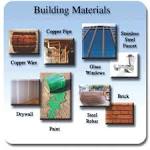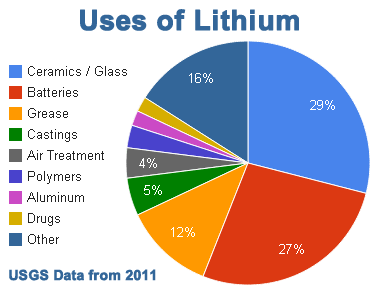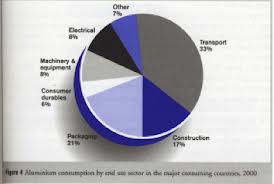



USES OF METALS
Ancient uses of metals
1. Already in the time of the pharaohs iron was being melted in Egypt. Copper and bronze we used regularly some thousand years earlier.
2.Metals are durable materials Coins, tools, jewelry and weapons still exist after several thousand years.
3.A share certificate from the world’s oldest private limited company,Stora Kopparberg, Sweden. The mining of copper in Falun continued for around one thousand years before being phased out in 1992.
USES OF METALS NOW A DAYS
4.During the industrial revolution of the eighteenth and nineteenth centuries the use of metals increased. New methods for their extraction and processing increased the amount of metals that could be used to improve transportation through for example railways and new types of bridges.
5. During the twentieth century society was revolutionized by electricity. Both the production of electricity and its use in for example motors, radios, TVs, computers and mobile telephones was based on metals, mainly the conductive properties of copper. More recently new metals’ and alloys have contributed to developments within fields such as medicine and information technology – everything from dental implants to microchips.
6. Metals are the basis for many high technology products such as for example the artificial hip joint above. Extra strong steel makes cars safer and lighter. Metals are still being used for design and decoration.
USE OF METALS IN BIOLOGICAL SYSTEM
1.Magnesium is needed for building the skeleton, for nerve and muscle functions and in order for cells to function.
2.Calcium is needed for nerves and muscle functions, skeletal structure and teeth as well as for blood to coagulate.
3.Iron is needed to transport oxygen from the lungs to body tissue. Iron exists in hemoglobin and myoglobin, which are found in blood and muscle tissues.
4.Copper is needed for the growth and development of children. The heart and blood vessels are dependent upon copper, which is also used for transportation of oxygen by iron. Copper is an antioxidant and important for the immune system as well as giving the skeleton strength and elasticity.
5.Zinc is important for the function of many enzymes, amongst others for the transport of carbon dioxide from the tissues to the lungs and the production
of protein. Zinc also works together with the hormone insulin that regulates carbohydrate conversion in the body.
6. Common metals that are essential for humans. Some exist in the body in grams, such as iron and zinc, while the majority exist in milligram quantities. As a rule the metals vital to life, the so called essential metals, occur in nature in relatively high levels.
7.Sodium and potassium metals are used as neurotransmitters.
http://library.thinkquest.org/08aug/01930/dailylife.html
1. If you turned on the lights, you used copper wires, silver alloy contacts in the switch, and, depending on what type of bulb, a tungsten filament or mercury vapor.
2. IF you turned a door knob, it might have been brass with steel parts inside. If you used water, it probably came through cast iron pipes under the street and then through your house in copper plumbing, the faucet may have been made of brass or bronze (Cu-Zn or Cu-Sn alloy) and might be Cr or Ni plated.
3. If you looked in the mirror, it was probably a very thin layer of silver on the back side of the glass making it a mirror.
4. If you had a bowl of cereal and did not use your fingers, you probably used a stainless steel spoon or, if you used the good silver, it was a sterling silver alloy (Ag-Cu). If you made toast, the heating elements in the toaster are probably Fe-Ni-Cr alloy.
5. If you drank a can of soda, the can is made using two different aluminum alloys.
6. If you heated water on the stove for coffee, the burner may be cast iron, the tea pot may be steel or Cu or stainless steel.
7. If you are on road in a car, it contained steel, aluminum, copper, among some others.
8.If you used a house key or a car key, it was probably a free machining brass.
9. If you used a computer, it contains probably 50 different metals and alloys.
10. Titanium is used for a number of purposes such as: making aircraft engines and frames, replacement of hip joints, making pipes in nuclear plants, making surgical instruments and for manufacturing dental implants. It can also be used for making helmets and body piercings.
Uses of Non metals